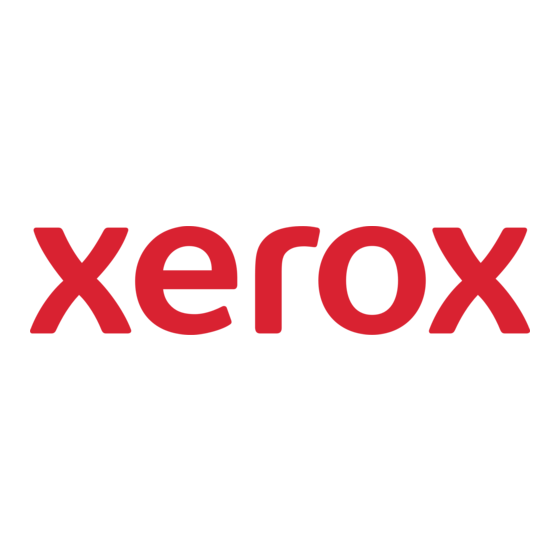Xerox WORKCENTRE 7120 Referentiehandleiding - Pagina 8
Blader online of download pdf Referentiehandleiding voor {categorie_naam} Xerox WORKCENTRE 7120. Xerox WORKCENTRE 7120 29 pagina's. Color networking mfp a3
Ook voor Xerox WORKCENTRE 7120: Handleiding voor beoordelaars (25 pagina's), Handleiding voor beoordelaars (24 pagina's), Referentiehandleiding (30 pagina's), Specificaties (14 pagina's), Specificaties (14 pagina's), Vergelijking met concurrenten (11 pagina's), Vergelijking met concurrenten (11 pagina's), Brochure & specificaties (4 pagina's), Gebruiksaanwijzing (20 pagina's), Gebruiksaanwijzing (20 pagina's), Gebruiksaanwijzing (20 pagina's), Gebruiksaanwijzing (20 pagina's), Installatiehandleiding (2 pagina's), Installatiehandleiding (2 pagina's), Gebruiksaanwijzing (20 pagina's), Referentiehandleiding (32 pagina's), Handleiding systeembeheerder (20 pagina's)

